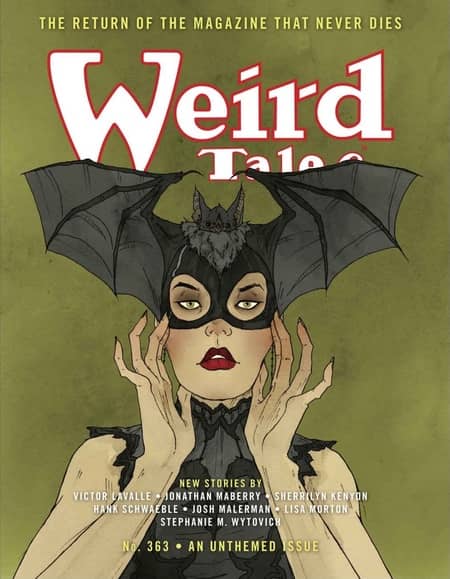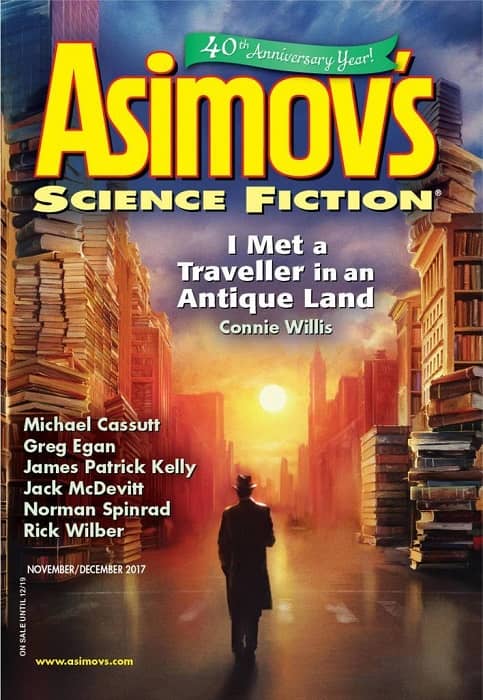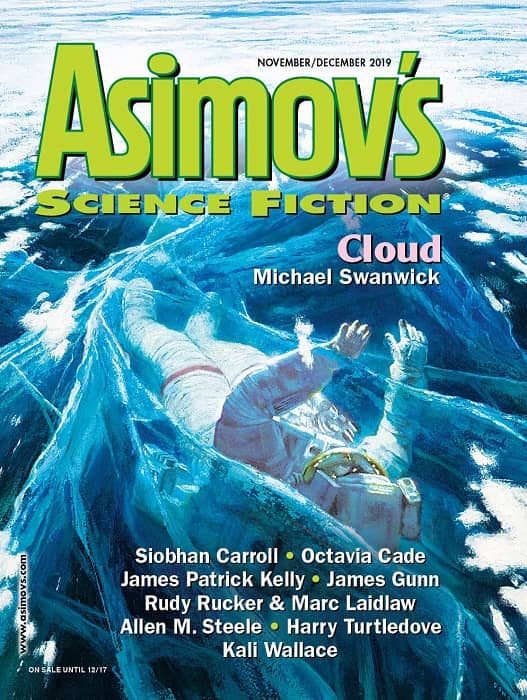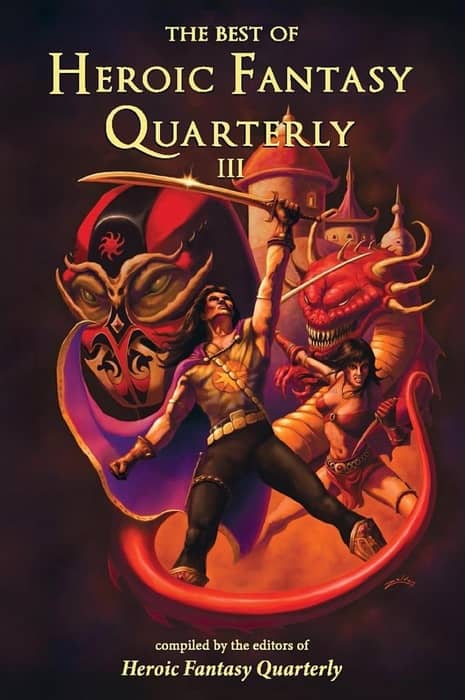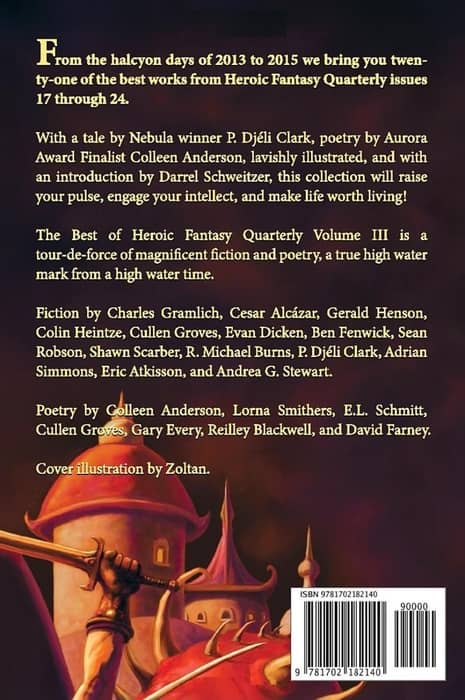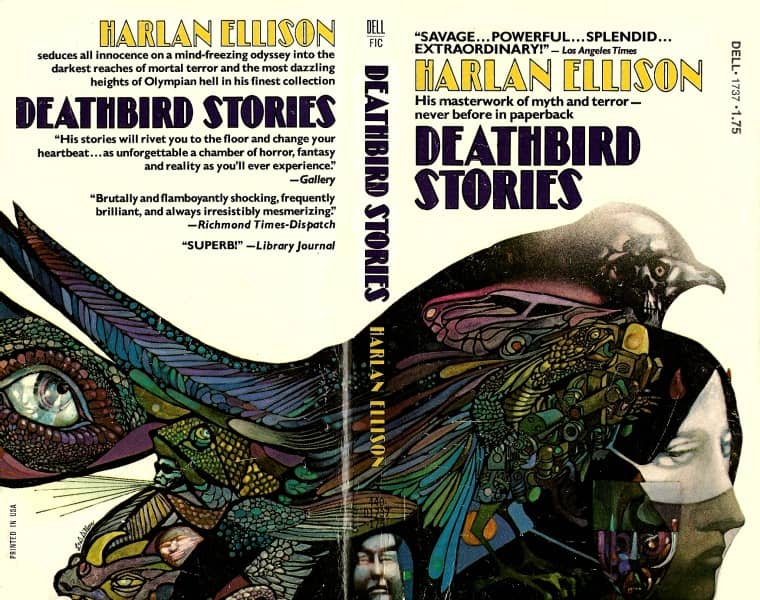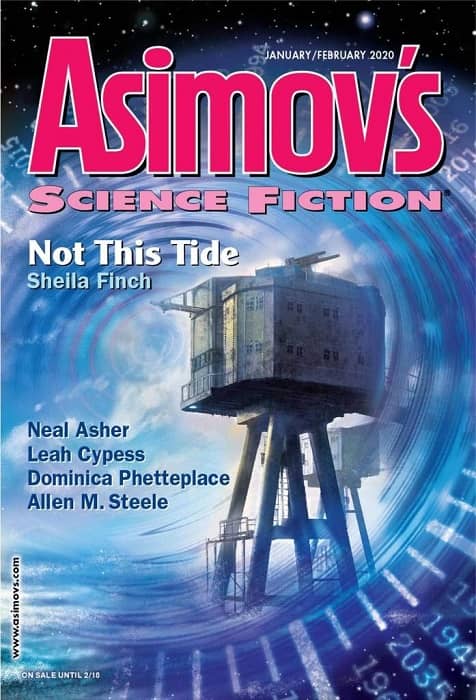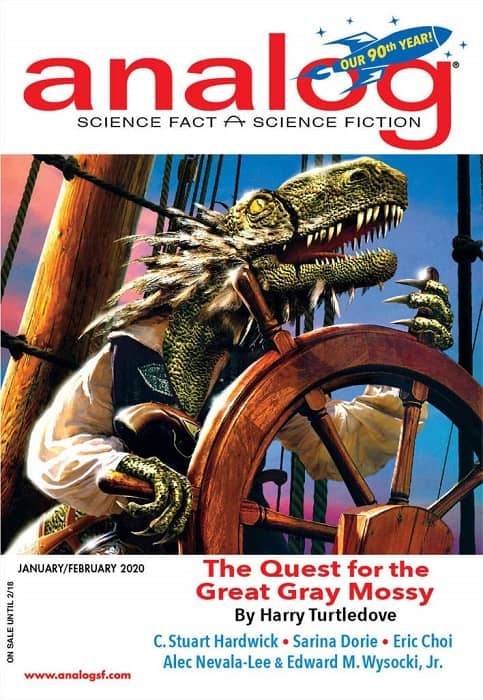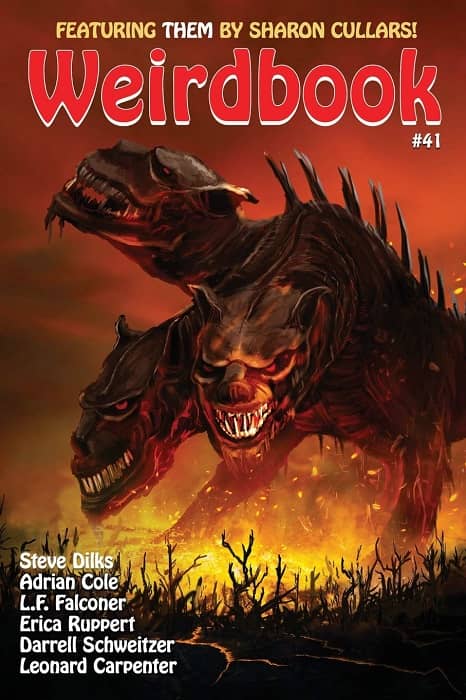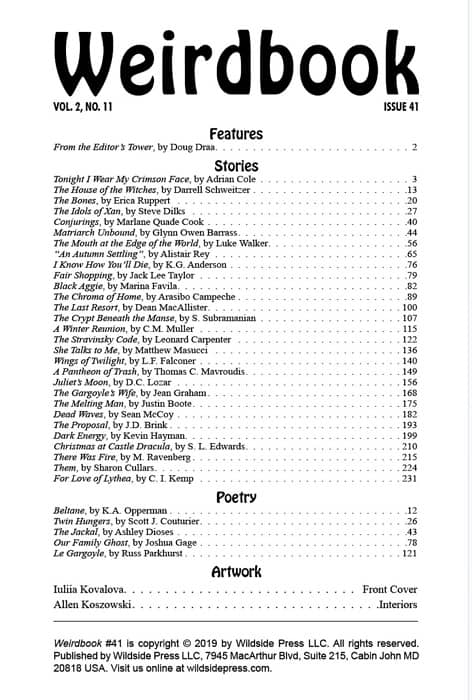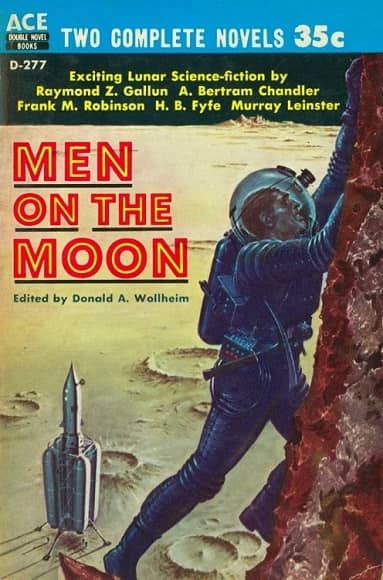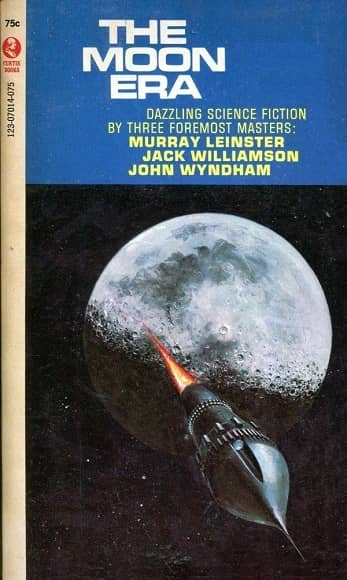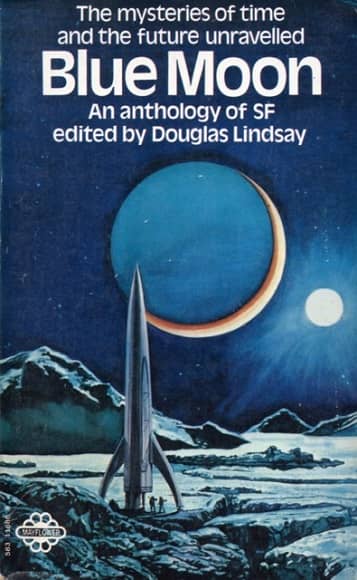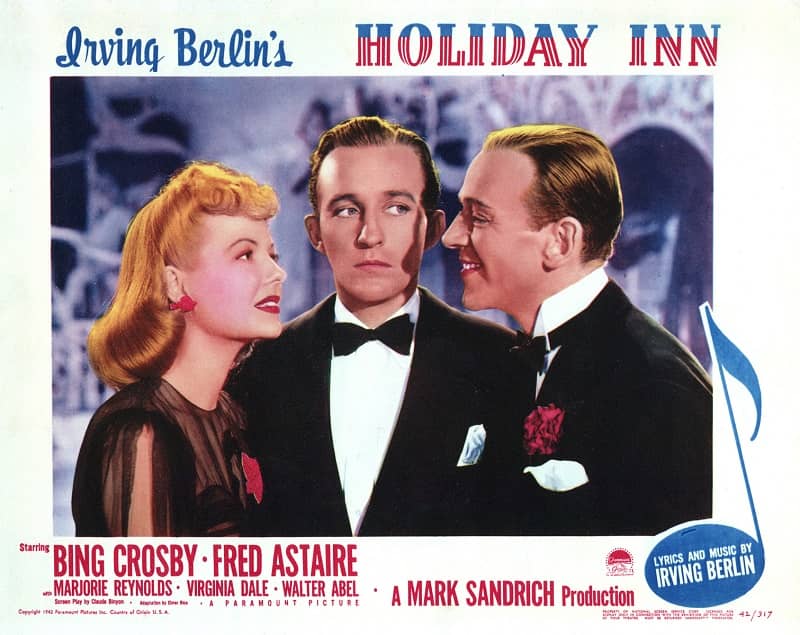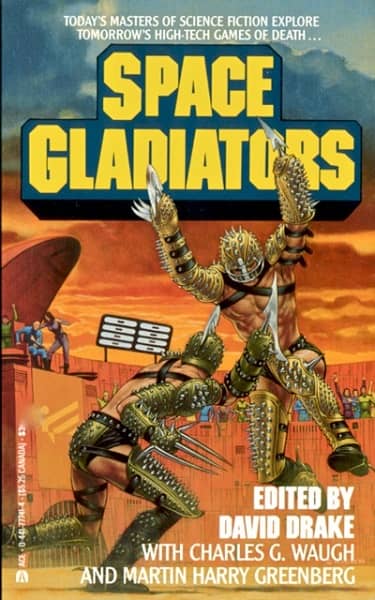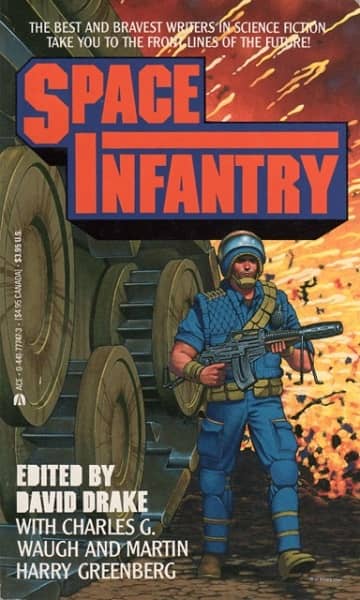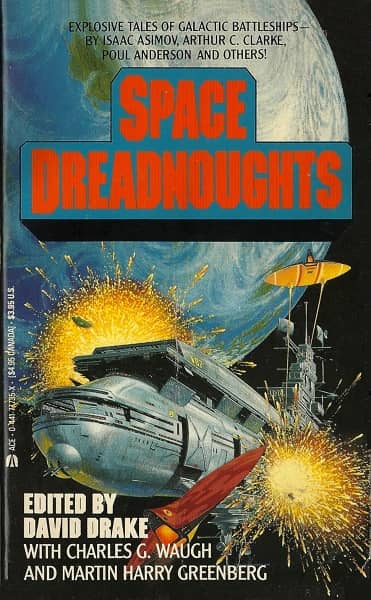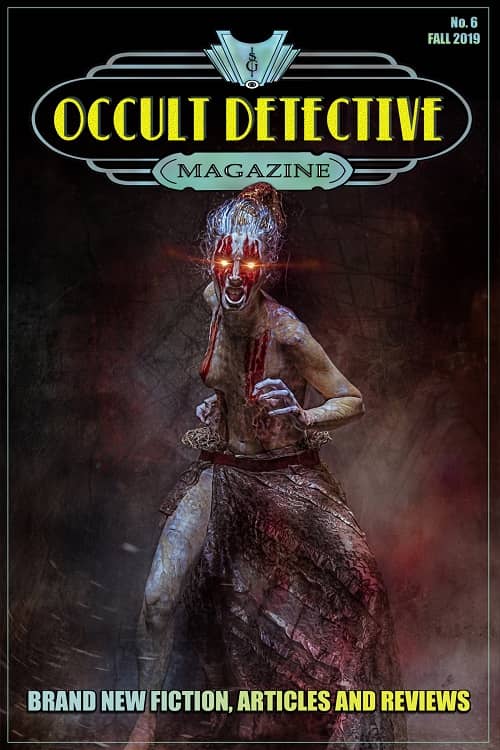Yes, Weird Tales is Back
Cover by Abigail Larson
A few months ago I started to hear rumors that Weird Tales, the most storied and collectible American fantasy magazine of all time, had returned. Whispers, really. But I’d been hearing whispers for the last six years, ever since the last issue appeared from Nth Dimension Media, and especially since I published the article “Is Weird Tales Dead… Again?” in 2016. So I didn’t pay much attention.
But then I heard more reliable reports, and started to see listings online…. and then I ordered a copy, and right now I’m holding it in my hot little hands. And I can report that, in fact, Weird Tales is back.
It returns with a new publisher, Weird Tales Inc., but the same editor, Marvin Kaye, who took over the editorial reins from Ann VanderMeer in 2011, and managed only three issues in the last nine years. But the magazine looks terrific, with glossy paper and full color interiors, and an impressive Table of Contents, including stories by Victor LaValle, Jonathan Maberry, Sherrilyn Kenyon, and others. Not to mention an eye-catching cover by Abigail Larson, a tribute to perhaps the most iconic Weird Tales image of all time, the famous bat woman cover by Margaret Brundage.
Is Weird Tales back for good? Too early to tell — though to be fair Weird Tales has never exactly been a stable publication. (There’s a reason it’s called “The Magazine That Never Dies,” it keeps having to be resurrected.) There are the usual troubling signs already, including the fact that the website they proudly promote on the back page (weirdtales.com) is down already. But this looks like a quality package, and I’m hopeful. Let’s have a closer look at the contents.
